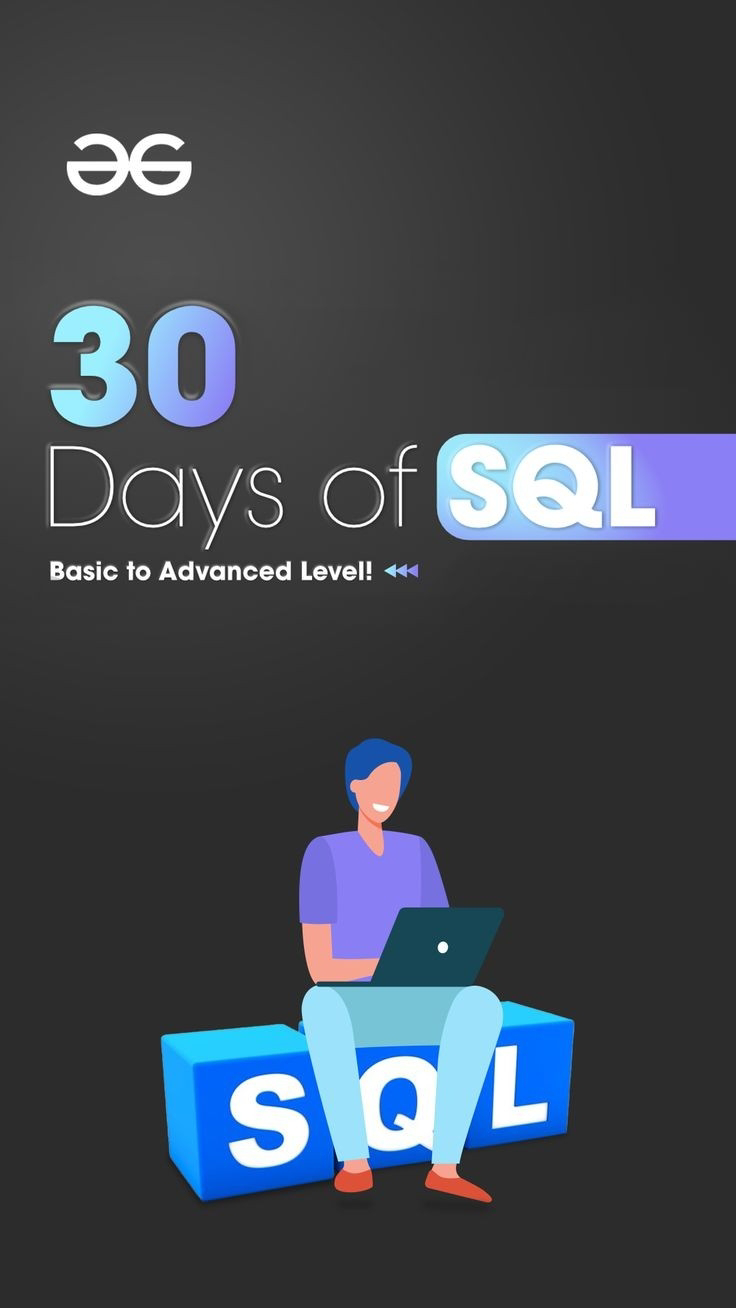ROADMAP OF SQL
Creating a roadmap to learn SQL effectively involves breaking down your learning into manageable steps. Here's a suggested roadmap for mastering SQL:
**1. Understand the Basics:**
- Learn what SQL is and its purpose in managing databases.
- Understand relational databases and the concept of tables, rows, and columns.
**2. Setup and Environment:**
- Install a database system like MySQL, PostgreSQL, or SQLite.
- Familiarize yourself with a database management tool (e.g., MySQL Workbench, pgAdmin, or DBeaver).
**3. SQL Syntax:**
- Learn the basic SQL syntax for commands like SELECT, INSERT, UPDATE, and DELETE.
- Practice writing simple queries to retrieve, add, modify, and delete data.
**4. Data Definition Language (DDL):**
- Study DDL commands for creating and managing database structures:
- CREATE DATABASE
- CREATE TABLE
- ALTER TABLE
- DROP TABLE
- CREATE INDEX
**5. Data Manipulation Language (DML):**
- Learn DML commands for manipulating data:
- SELECT
- INSERT INTO
- UPDATE
- DELETE
**6. Constraints:**
- Understand and use constraints to maintain data integrity:
- PRIMARY KEY
- FOREIGN KEY
- UNIQUE
- CHECK
- NOT NULL
**7. Queries and Filtering:**
- Practice writing more complex SQL queries using WHERE, AND, OR, and other operators.
- Explore aggregate functions (COUNT, SUM, AVG, MAX, MIN) and GROUP BY.
**8. Joins:**
- Learn to perform joins to combine data from multiple tables (INNER JOIN, LEFT JOIN, RIGHT JOIN, FULL JOIN).
**9. Subqueries:**
- Understand how to use subqueries within queries for more advanced data retrieval.
**10. Indexing and Optimization:**
- Explore how to create and use indexes to improve query performance.
- Learn about query optimization techniques.
**11. Transactions and ACID:**
- Understand the principles of database transactions and the ACID properties (Atomicity, Consistency, Isolation, Durability).
**12. Advanced Topics:**
- Explore more advanced SQL topics, such as views, stored procedures, and triggers.
- Study database normalization and denormalization.
**13. Projects and Practice:**
- Apply your knowledge by working on real-world projects.
- Practice regularly to reinforce your skills.
**14. Learn a Specific Database System:**
- Dive deeper into the features and specifics of the database system you're working with (e.g., MySQL, PostgreSQL, SQL Server).
**15. Certification and Further Learning:**
- Consider earning a SQL certification to demonstrate your expertise.
- Stay updated with the latest SQL developments and best practices.
Remember that learning SQL is a continuous process. You can tailor this roadmap to your own pace and goals. The key is to practice and work on projects to reinforce your understanding and skills.




Comments
Post a Comment